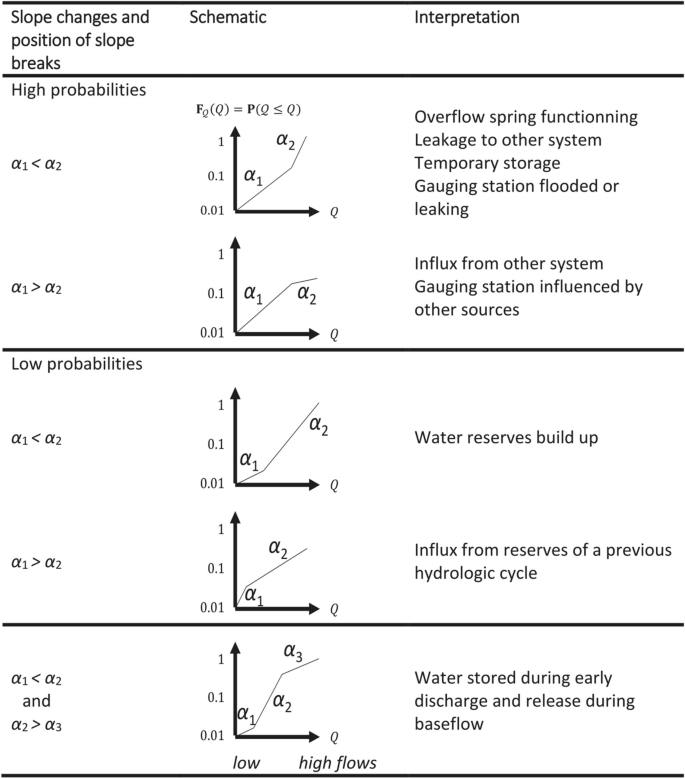XLKarst, un outil Excel pour l'analyse des séries temporelles, l'analyse des courbes de récession des sources et la classification des aquifères karstiques
IF 2.3
3区 地球科学
Q2 GEOSCIENCES, MULTIDISCIPLINARY
引用次数: 0
Abstract
Abstract Karst aquifers are complex hydrogeological systems that require numerous in-situ measurements of hydrological and physico-chemical parameters to characterize transfer processes from the recharge area to the karst spring. Numerous graphical, statistical or signal processing methods have been developed for decades to interpret these measurements, but there is no simple and standardized tool that can be used for this purpose, which is necessary for a rigorous comparison of results between case studies. This Technical Note presents XLKarst, which has been developed to provide a simple and easy-to-use tool to process a selection of proven methods that characterize the functioning of karst systems. This tool allows (i) time series analysis based on correlation and spectral analysis and, for flow measurements, the use of other statistics and base flow separation, (ii) calculation of the cumulative distribution function to build a spring flow probability plot, and (iii) analysis of spring flow recession and expression of the results in a karst system classification scheme. These methods are first described by providing the key elements of their use and interpretation in the scientific literature. Then, an application to the Fontaine de Nîmes karst system (southern France) is used to highlight the complementarity of the methods proposed by XLKarst to describe the hydrodynamic behavior of a karst system based on daily data of rainfall and discharge over 22 years.

XLKarst是一个用于时间序列分析、源衰退曲线分析和岩溶含水层分类的Excel工具
岩溶含水层是复杂的水文地质系统,需要大量的水文和物理化学参数的原位测量来表征从补给区到岩溶泉的转移过程。几十年来,已经开发了许多图形,统计或信号处理方法来解释这些测量结果,但没有简单和标准化的工具可用于此目的,这对于严格比较案例研究之间的结果是必要的。本技术说明介绍了XLKarst,它的开发是为了提供一个简单易用的工具来处理一系列经过验证的方法,这些方法表征了岩溶系统的功能。该工具允许(i)基于相关和谱分析的时间序列分析,对于流量测量,使用其他统计和基流分离,(ii)计算累积分布函数以构建泉流概率图,(iii)分析泉流衰退并在喀斯特系统分类方案中表达结果。这些方法首先通过在科学文献中提供其使用和解释的关键要素来描述。然后,以法国南部的Fontaine de n mes喀斯特系统为例,强调了XLKarst基于22年的日降水和流量数据来描述喀斯特系统水动力行为的方法的互补性。
本文章由计算机程序翻译,如有差异,请以英文原文为准。
求助全文
约1分钟内获得全文
求助全文
来源期刊

Hydrogeology Journal
地学-地球科学综合
CiteScore
5.40
自引率
7.10%
发文量
128
审稿时长
6 months
期刊介绍:
Hydrogeology Journal was founded in 1992 to foster understanding of hydrogeology; to describe worldwide progress in hydrogeology; and to provide an accessible forum for scientists, researchers, engineers, and practitioners in developing and industrialized countries.
Since then, the journal has earned a large worldwide readership. Its peer-reviewed research articles integrate subsurface hydrology and geology with supporting disciplines: geochemistry, geophysics, geomorphology, geobiology, surface-water hydrology, tectonics, numerical modeling, economics, and sociology.
 求助内容:
求助内容: 应助结果提醒方式:
应助结果提醒方式:


